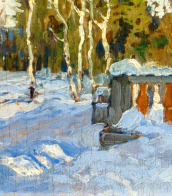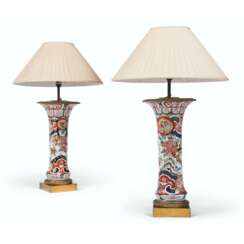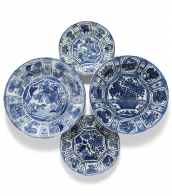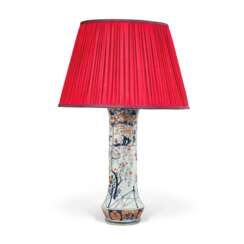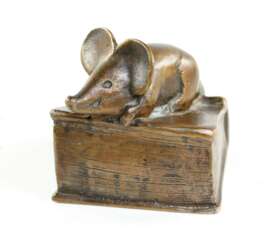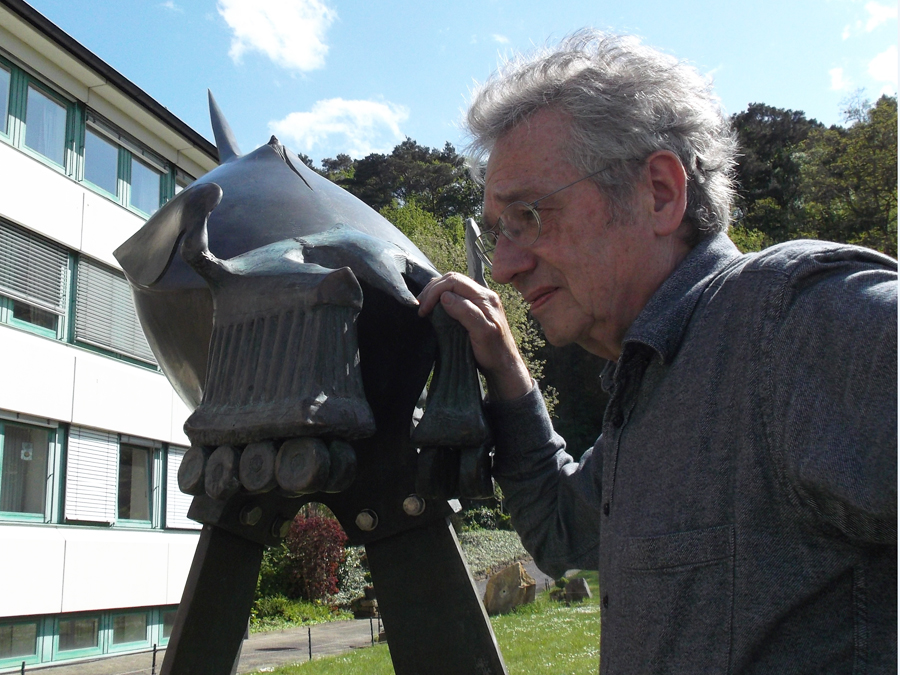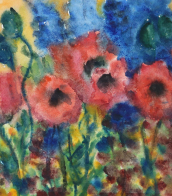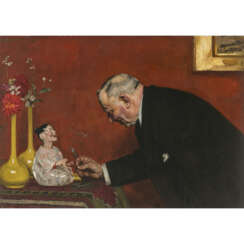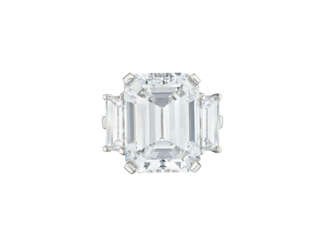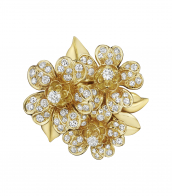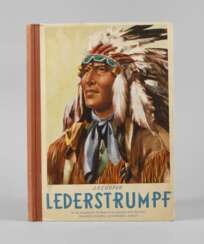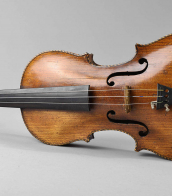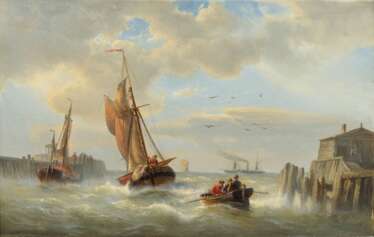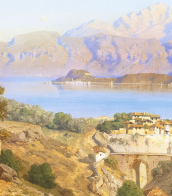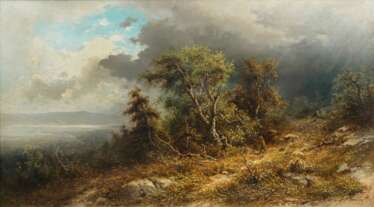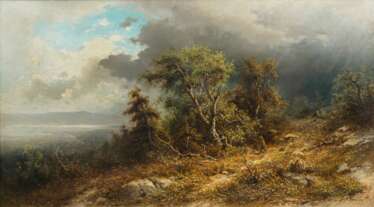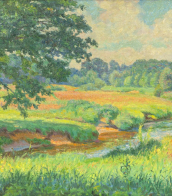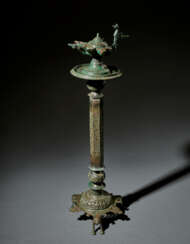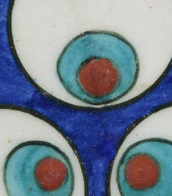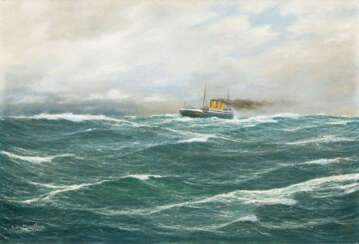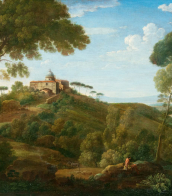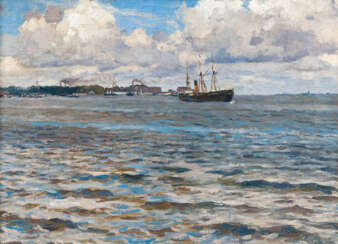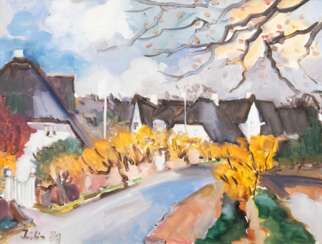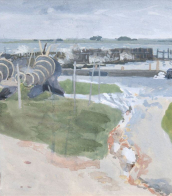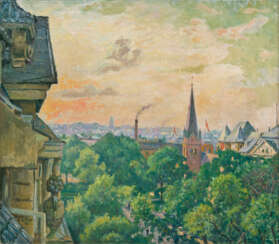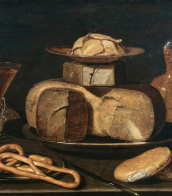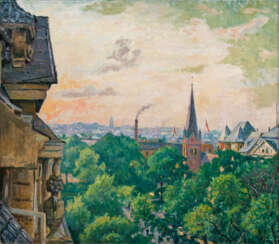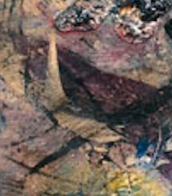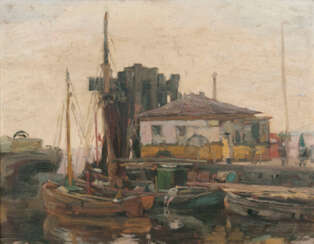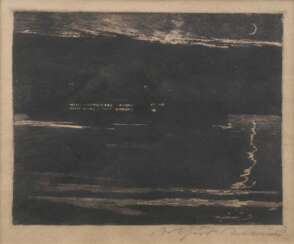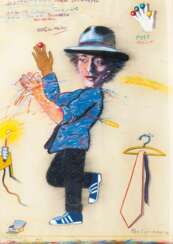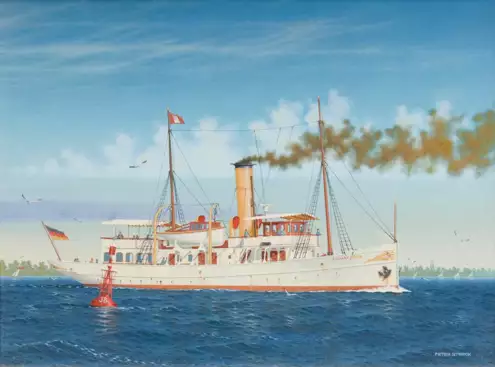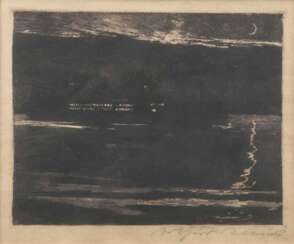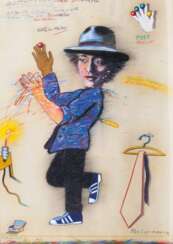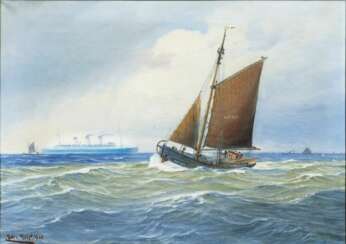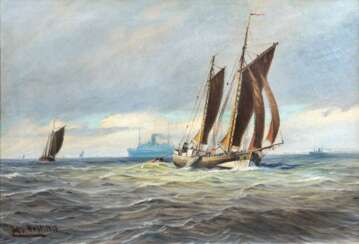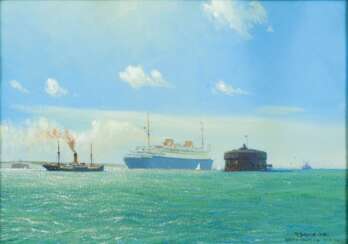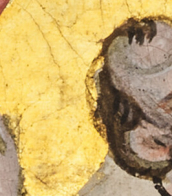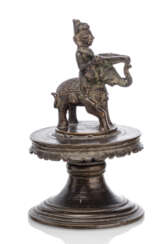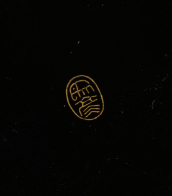rump(.(,)&amp
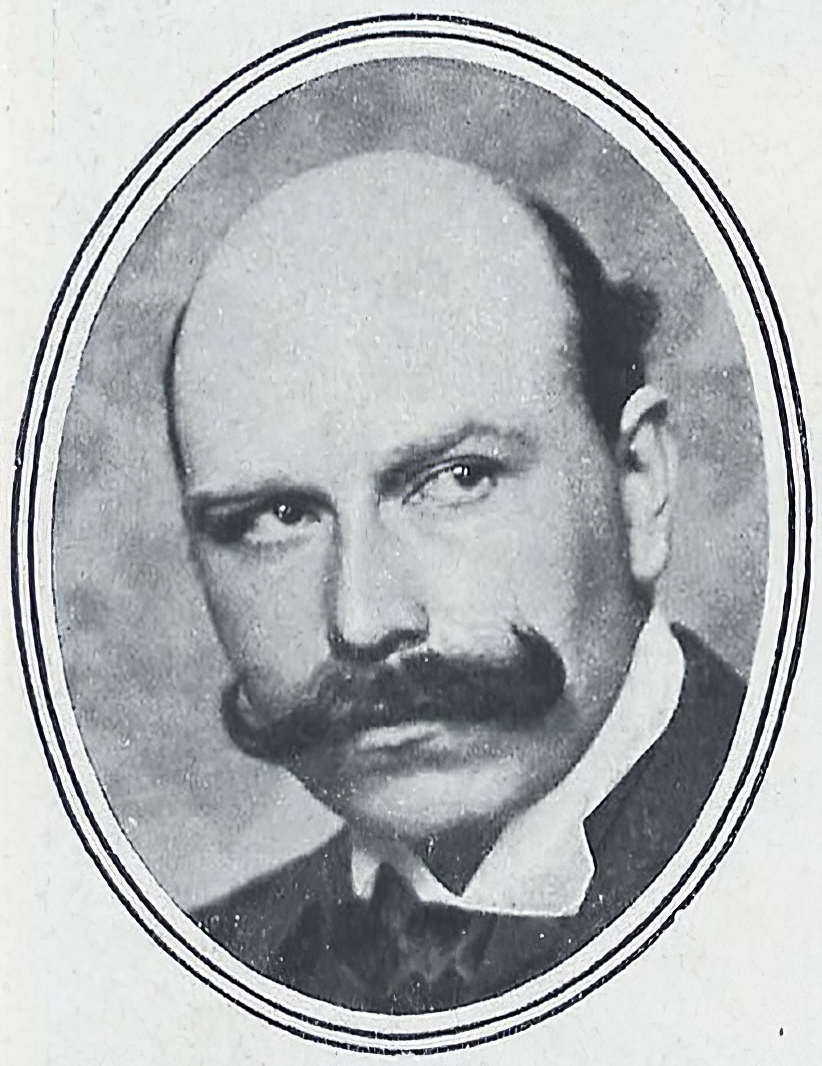
Arthur Kampf was a German painter. He was associated with the Düsseldorf school of painting.
Kampf's work is most strongly associated with the genre of traditional history painting, though throughout his lifetime he explored styles influenced by Impressionism and Art Nouveau. He was also celebrated for large scale portrait work and in particular children's portraiture. Kampf also worked extensively as an illustrator, contributing drawings to volumes by Shakespeare (1925), R. Herzog, History of Prussia (1913) and J.W. Goethe, Faust (1925). Kampf's artwork post World War II largely focused on religious themes.
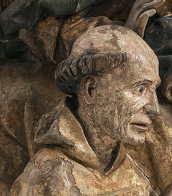
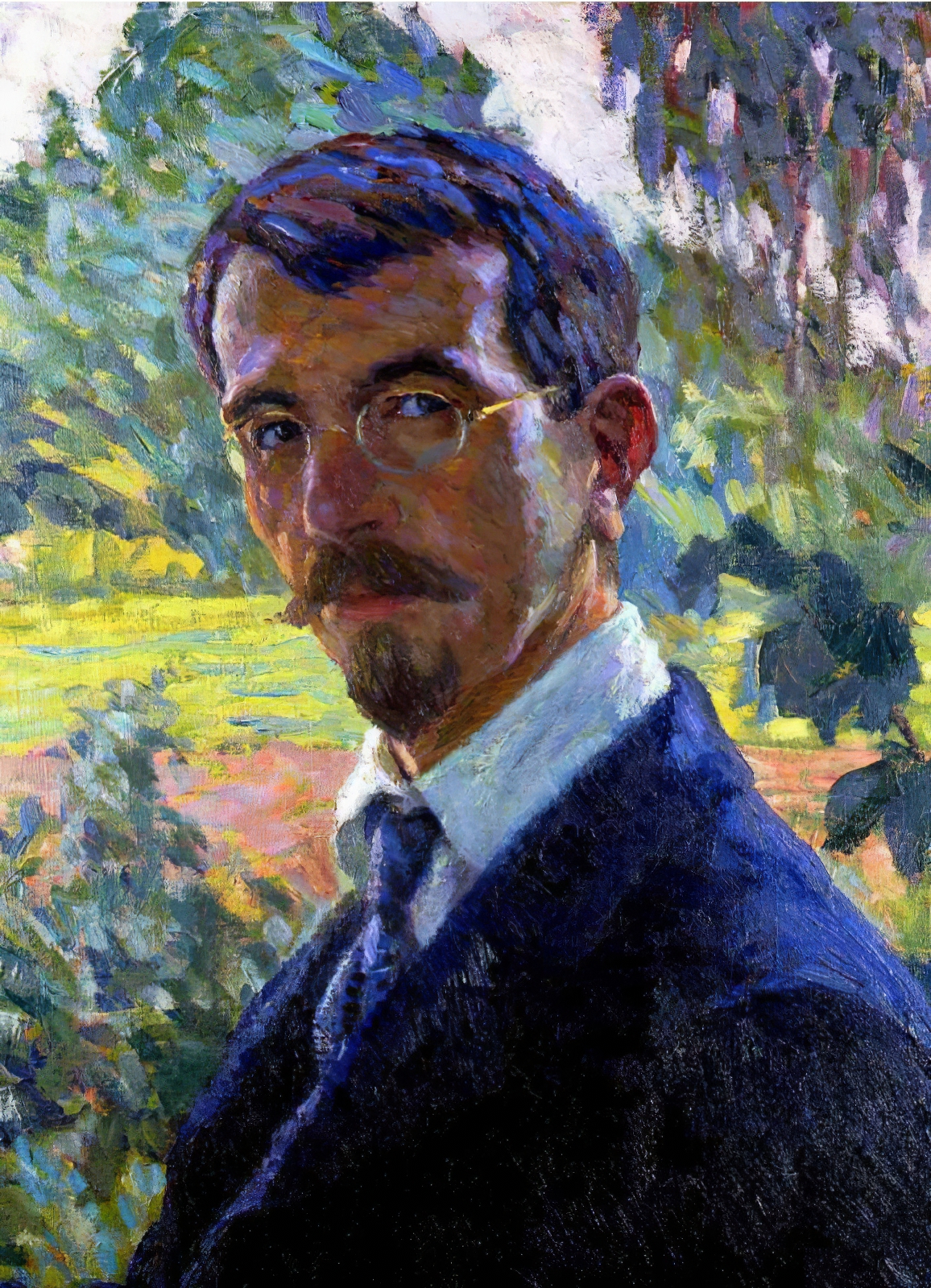
Wilhelm Heinrich Ernst Eitner was a German painter of the late nineteenth and first half of the twentieth centuries. He is known as an impressionist painter and teacher.
Eitner produced portraits, landscapes, and woodcuts in a style reminiscent of Japanese art. Despite initial rejection in German society of his impressionist style of painting, over the years he gained recognition and even the title "Claude Monet of the North." Eitner was a member of numerous art associations. His works are preserved in the Hamburg Kunsthalle.
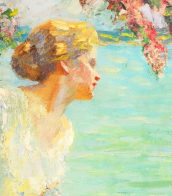
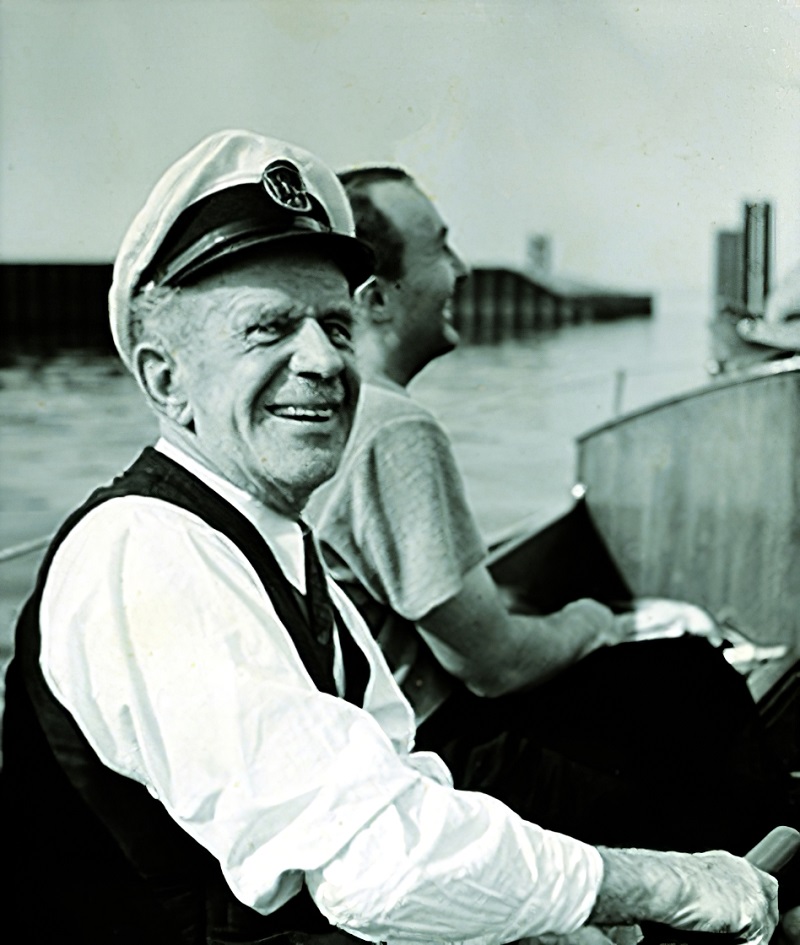
Johannes Holst was a German sailor and self-taught painter who specialised in seascapes.
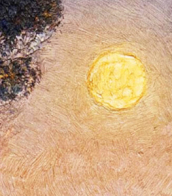
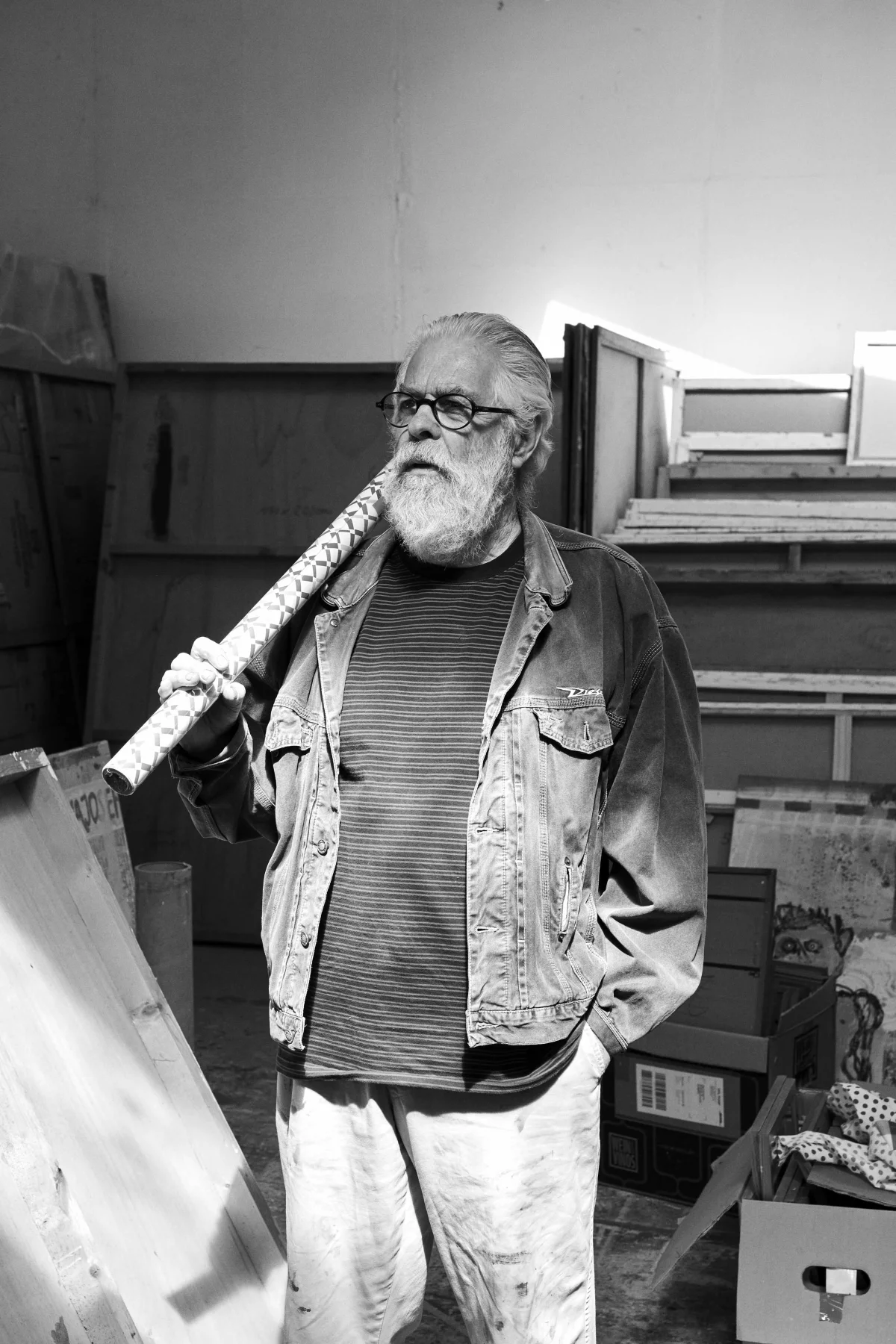
Dieter Glasmacher is a socio-political German visual artist in the field of painting, art action, animated film and early street art.
Influenced by classical modernism, especially Dadaism, and contemporary art movements such as the works of Jean Dubuffet, Art brut, the expressive painting of the COBRA group and Pop Art, Glasmacher has developed a very independent position and a lively, original visual world over many creative years. Television, cinema, advertising, graffiti and other forms of street art also have a formative influence on his visual worlds, as do the "secret traces" of public space, words and scribbles such as those found in urinals, at bus stops or on the walls of houses. His main theme is his "consternation of current social oppression and deformation."
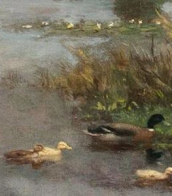

Johannes Holst was a German sailor and self-taught painter who specialised in seascapes.
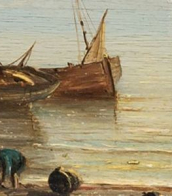
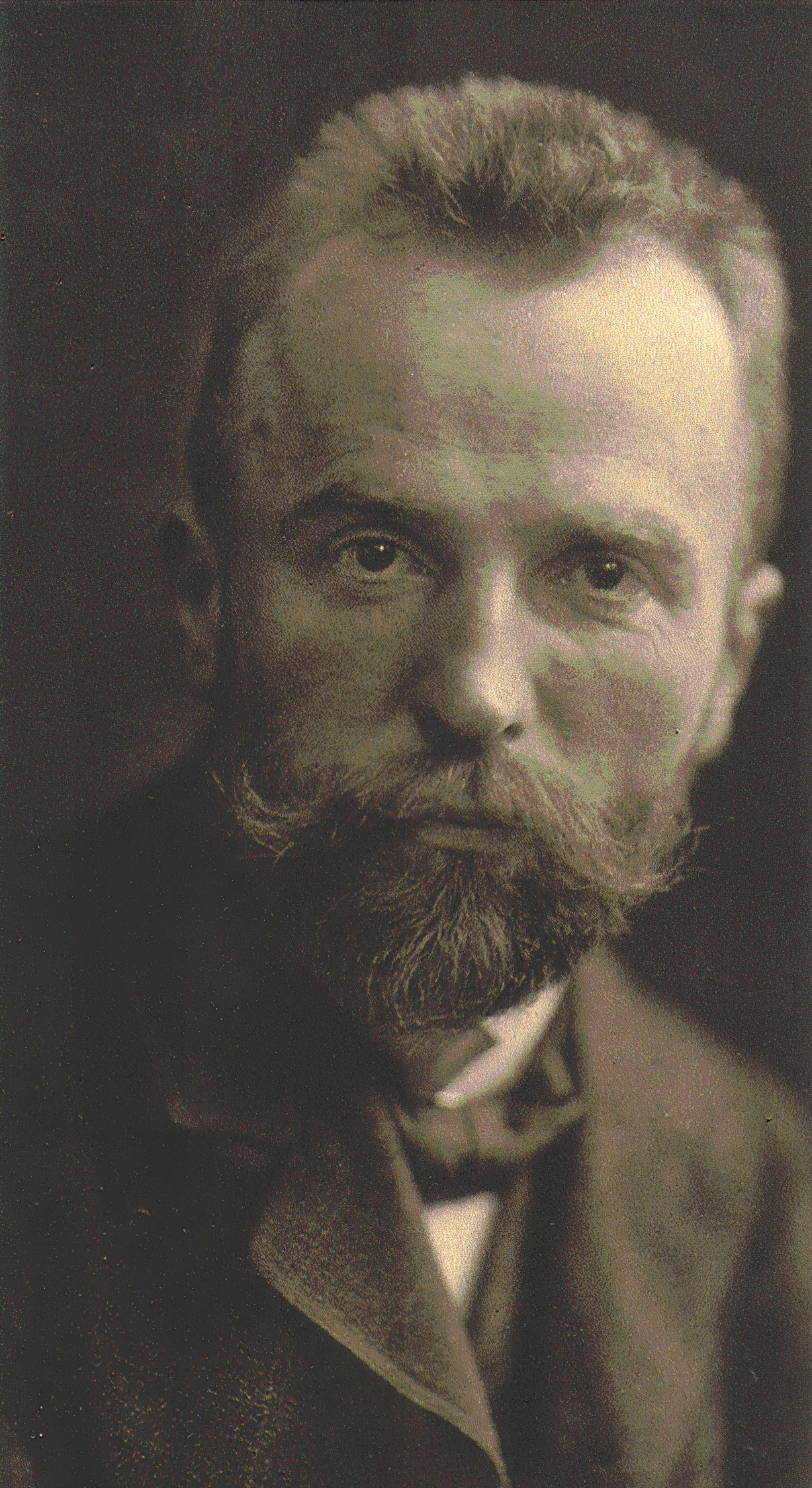
Karl Wilhelm Arthur Illies was a German impressionist painter. He specialised in landscapes and was considered a brilliant graphic artist.
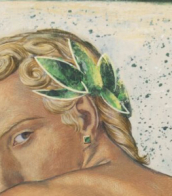

Dieter Glasmacher is a socio-political German visual artist in the field of painting, art action, animated film and early street art.
Influenced by classical modernism, especially Dadaism, and contemporary art movements such as the works of Jean Dubuffet, Art brut, the expressive painting of the COBRA group and Pop Art, Glasmacher has developed a very independent position and a lively, original visual world over many creative years. Television, cinema, advertising, graffiti and other forms of street art also have a formative influence on his visual worlds, as do the "secret traces" of public space, words and scribbles such as those found in urinals, at bus stops or on the walls of houses. His main theme is his "consternation of current social oppression and deformation."
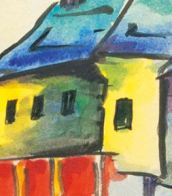

Johannes Holst was a German sailor and self-taught painter who specialised in seascapes.


Johannes Holst was a German sailor and self-taught painter who specialised in seascapes.
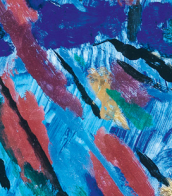
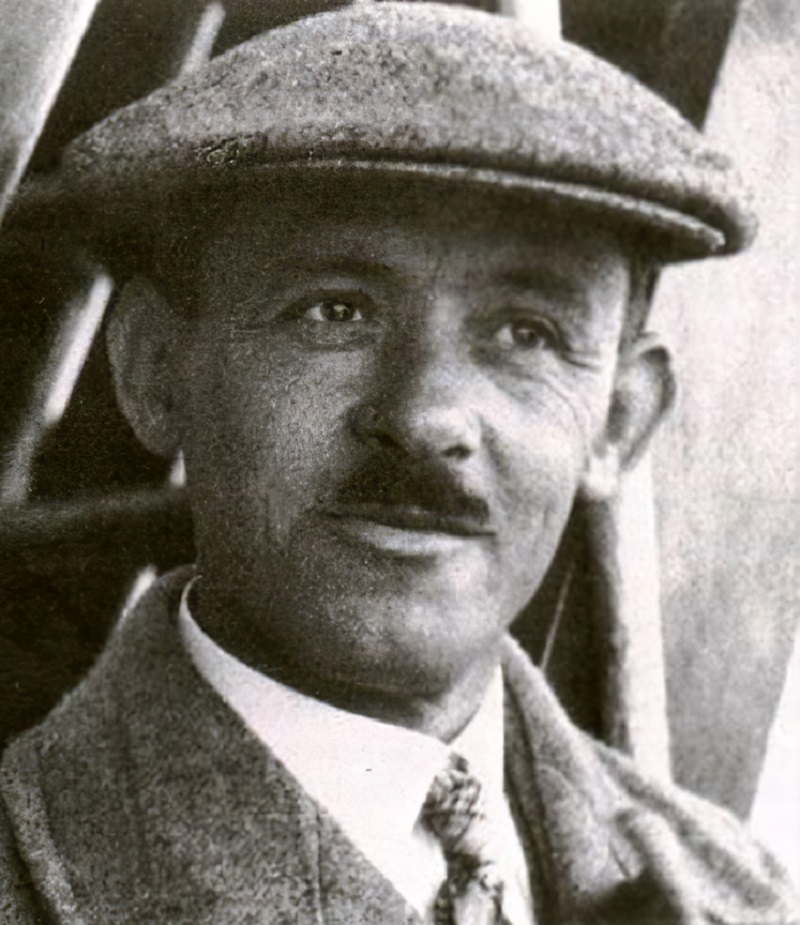
Robert Schmidt-Hamburg was a German marine and landscape painter, one of the most important illustrators of passenger and merchant shipping of the 1920s and 1930s, as well as of port and shipyard operations.
